This article was originally published in Domus 969 / April 2013
If we are what we consume, then nothing tells us more about who we are in the early 21st century than the energy drink. Caffeine delivery systems in a can, energy drinks promise to make us perform, whether this is on the bureaucratic terrain of spreadsheets and performance targets or the sports courts where we thrash out our fantasies of being all we can be. There is a multibillion-dollar industry built on the commodification of latent energy. For the protestant subtext of capitalism means that we can question our talent but never our work rate. A can of Relentless, a sugary stimulant sold under a gothic logo, is a step towards a life of “no half measures”. Relentless is the corner shop’s quick fix for flagging performance, the equivalent of a Duracell suppository. Relentless is a one-word manifesto.

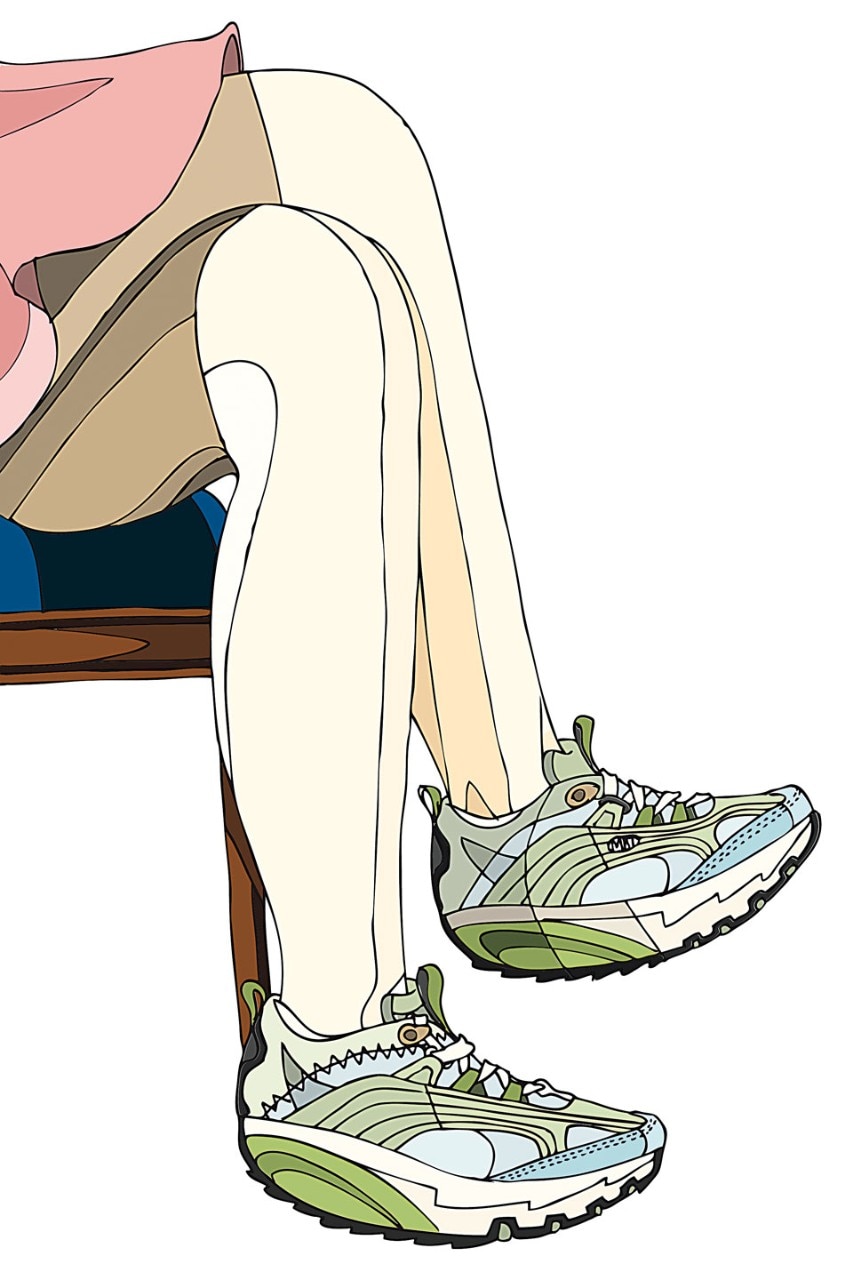
Condemned to longing and jealousy, we watched rapt as consumer products took on a spectral brilliance. Goods were no longer good, they were incredible. They didn’t just perform, they over-performed. Ours is the age of the ultramundane. Far from meaning what it sounds like it means (i.e. very boring), “ultramundane” refers to the otherworldly. Ultramundane products are both banal and yet too good for this world. Belonging to the realm of hyper-performance, they test the limits of our understanding. Where we fail, they succeed. They are the reification of all that we wish we could do, of our longing to perform.
When James Dyson, the magician of sucking and blowing, launched the Dyson Airblade Tap, the world paused for a collective nanosecond of disbelief. You went one step further? You integrated the hand dryer into the tap? Satirical website The Daily Mash responded with the headline, “We’ve kind of got the ‘wet hands’ thing licked, humanity tells Dyson.” But this headline fundamentally misunderstands what drives products to hyper-performance. It is not need, but the market. What Dyson is offering the market is another micro-efficiency: he is saving us that half-second it takes to swing our hands from the sink to the dryer right next to the sink.
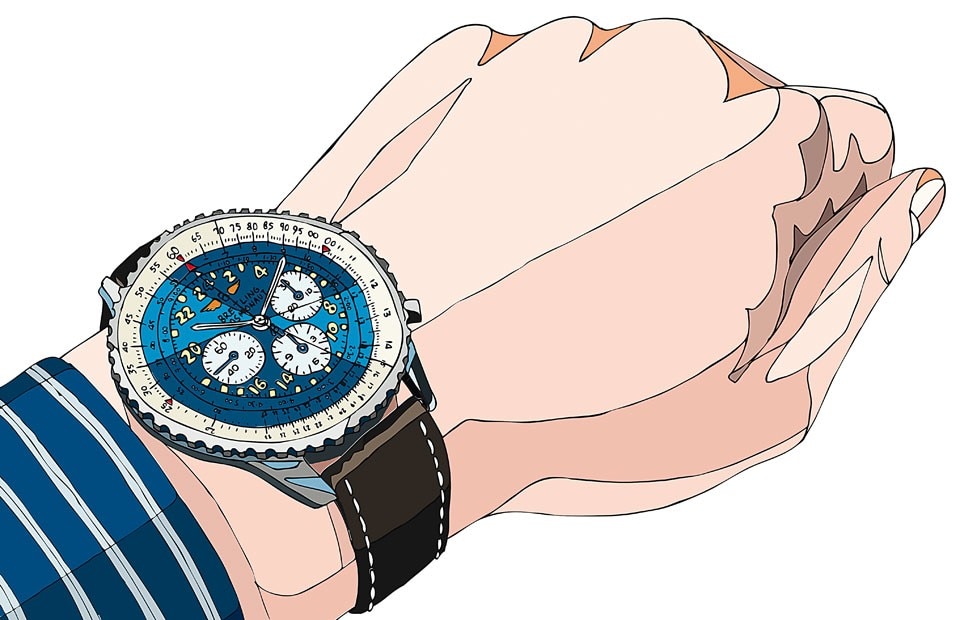
Surpassing the human’s ability to even perceive such differentials, the Cosmonaute watch embodies the ethos of hyper-performance

In furniture, hyper-performance achieved its apotheosis in the Aeron chair. What began as a process to design a comfortable chair for the elderly ended as a trophy of the boardroom and the dotcom boom. The Aeron’s unashamed technicality was its selling point. It mechanised comfort, stripping away the layers of foam and leather to leave mesh and a machinery of levers and tilt mechanisms. In fact, this technical system was never meant to result in just a chair. Its designers were developing a concept called Metaforms, which was supposed to produce a furniture system that could support any task, any human behaviour — but it was reduced to just a chair. As such, it did its job too well. It made it possible to sit for hours on end without interruption, rendering you a slave to your work. Cruelly anticipating your every move, it tied you to a life of hyper-performance.
Mechanisation was supposed to be liberating. The problem with technological determinism is that technology determines our behaviour as much as we determine its. Siegfried Giedion warned us about this 65 years ago. Mechanization Takes Command is full of “purely technical solutions” that “found no response in the emotional temper of the time”. In it, you’ll find the 19th-century ancestor of the Aeron, the Invalid Chair of 1838, a multi-hinged reclining number that is basically a less obese La-Z-Boy. (The La-Z-Boy is of course anything but lazy, but by over-performing it allows us to be.) And yet Giedion was clear that mechanisation was progress. And in the 1960s Reyner Banham was equally clear. For Banham, washing machines and waste-disposal units were socially liberating devices. These gadgets and gizmos freed women (his own mother, for one) from slaving over boiling copper pots.
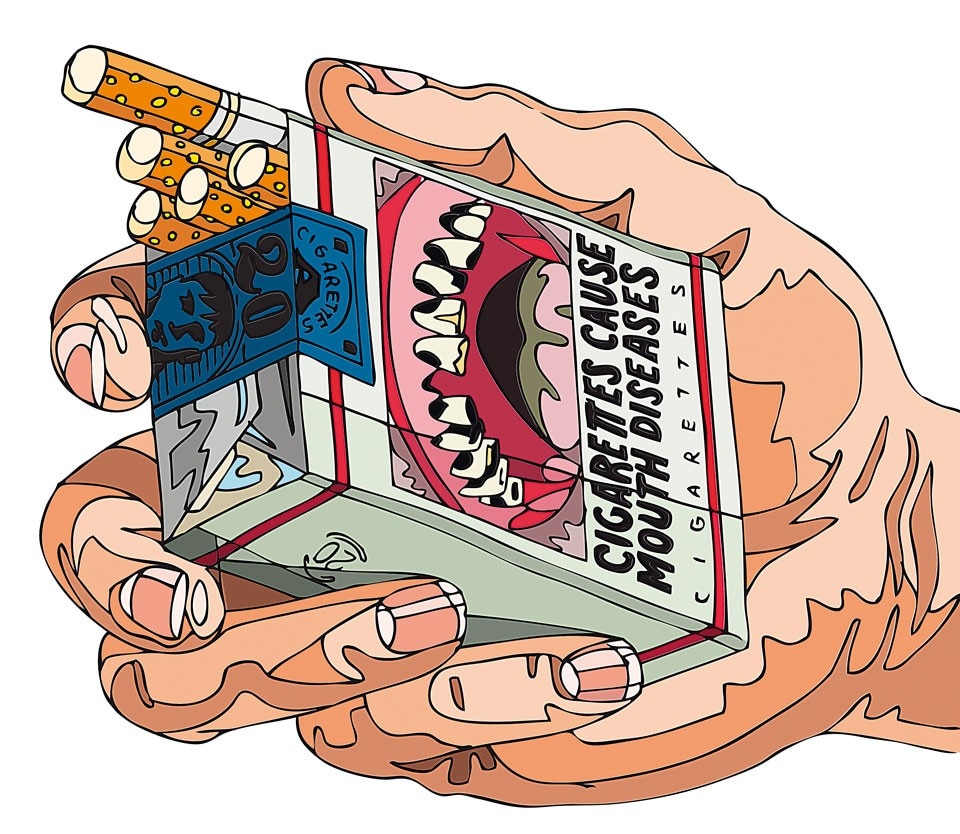
But if the aim of all that mechanisation was more leisure time, then leisure time too became subject to the demands of hyper-performance. The outboard motor that Banham idealised became the jet ski. Hiking clothing became high-performance technical outerwear, a branded landscape of miracle materials such as Gore-Tex® and Thinsulate™ — adventure clothing worthy of Everest but sported on the high street. The self-perpetuating logic of performance products has bred offspring with mutant powers. Consider the mbt trainer. It resembles an orthopaedic shoe with a curved sole and yet, even without a catchy brand name, mbt sells millions of them every year. The mbt’s claim to hyper-performance is that it effectively does your workout for you, strengthening your core muscles and tightening your butt cheeks, just by walking. No wonder people swear by them. Its cousin is the FitFlop, a flip-flop that makes you fit. “Caffeine for your feet,” says the slogan. Relentless?
Ultramundane products come into their own when they challenge our ability to understand them. Bose’s Acoustic Noise Cancelling headphones are the consumer product equivalent of particle physics. They deploy a kind of anti-matter against rival sound waves to deliver a listening experience with life’s most precious commodity: no distractions. Like a can of Febreze air freshener — which famously “doesn’t just mask odours, it eliminates them” — it engages in an airborne battle against the forces of background noise. The warfare analogy is apt, as such technology trickles down to the marketplace from the military. Jawbone® ICONtm’s Bluetooth headsets, for example, boast “military-grade” NoiseAssassin® technology. In commodity fetishism, the phrase “military-grade” is like catnip. If it’s good enough for the military, it’s sure as hell good enough for us.
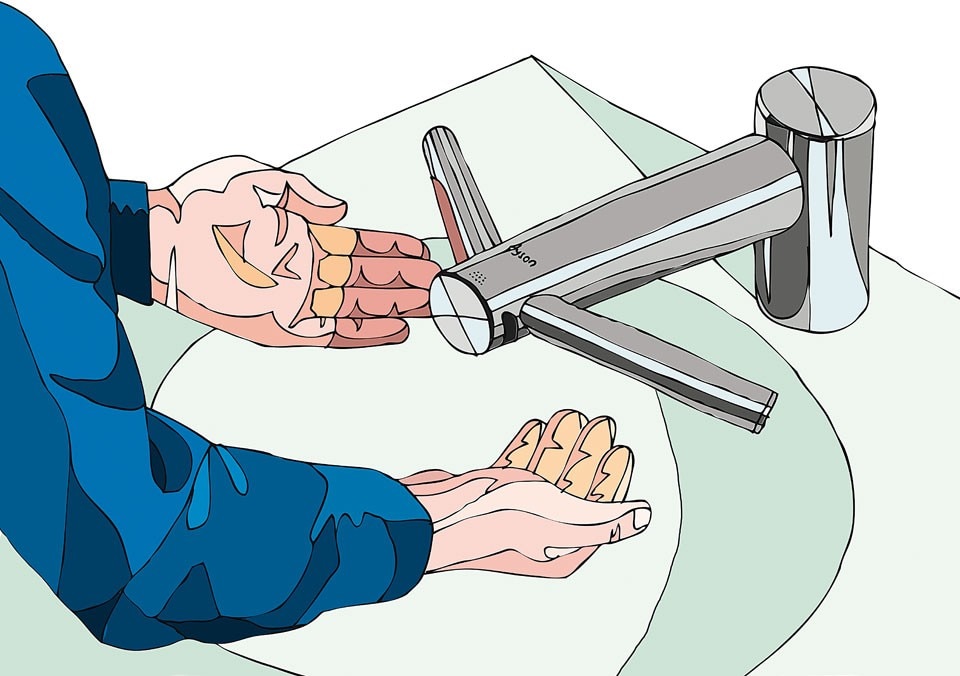
It’s not just the militarisation of anti-sound that’s entered the market, however, but the militarisation of sound. Teenage “repellents” such as the Mosquito use ultrasonic frequencies to banish unwanted young people from public spaces. Such fierce illiberalism only works because these products can target the hearing of the under-25s. Products are becoming hyper-performers not just at attracting but also at repelling. Blister-pack packaging, for instance, is so effective at deterring shoplifters that it also prevents the consumer from accessing her purchase. All you wanted was a usb stick, and yet you have to train every sharp implement in your arsenal against a shell of thermoformed plastic just to get at it. Deterrence is the new seduction. Australian cigarette packets have banished the glamour of branding in favour of a gothic glamour of gore. Health warnings have become a horror show of rotting gums and putrid organs. Perhaps the most effective of these messages are the ones that target our own performance — sexual, that is.
Performance anxiety in the bedroom is exacerbated by man’s paranoia about the gizmos that lurk in the bottom drawer, the Rabbits and other gadgets that guarantee satisfaction. It is no wonder, then, that some men displace their performance anxiety into a product world of self-pleasuring. The Japanese sex-toy maker Tenga has taken masturbation into the realm of hyper-performance, with “state-of-the-art technology”. Its Flip Hole masturbators eschew any simulation of the female form for one that is purely technical, a silicon central processing unit. And thus man’s love affair with technology is literally consummated.
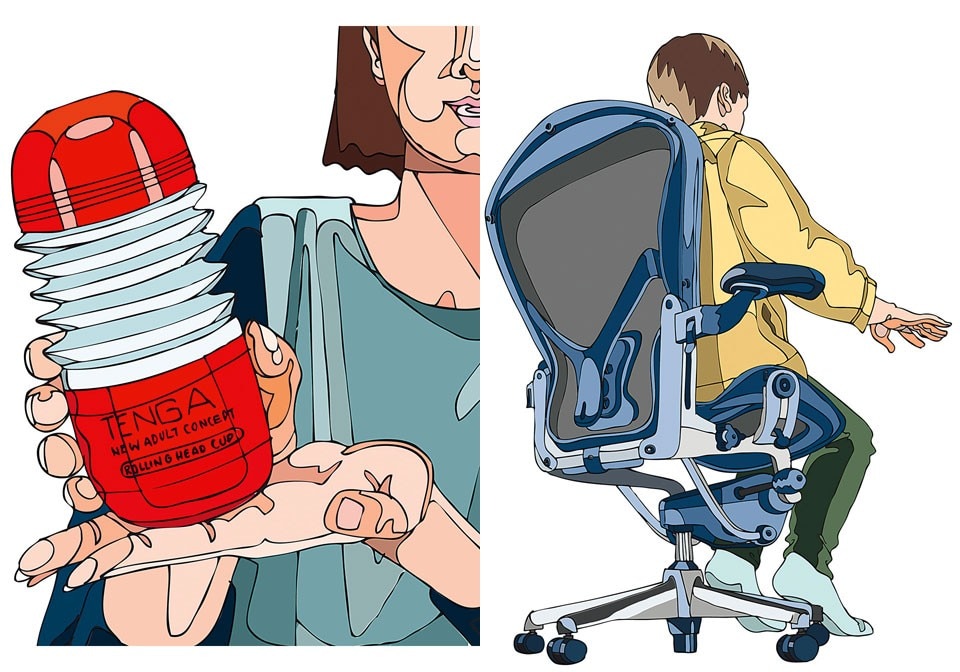
Of course, what began with Aeron chairs and three- (then four-, then five-) bladed Gillette razors culminates in a new Space Race of tech products. Microsoft vs. Apple. Apple vs. Samsung. Once, we fetishised miniaturisation, but Samsung’s Galaxy smartphone gets bigger with each iteration, swelling to accommodate hidden universes of function. Nothing encapsulates hyper-performance better than the smartphone, so versatile that it drove entire genres of single-function products to extinction. It wins the Darwinian struggle of hyper-performance through its ability to serve as a “platform”. Nowadays, tech must multiply our ability to communicate, to share. Tech must allow ourselves to be ourselves for as many others as possible.
This is the essential difference with the gizmo of Banham’s day. Even in 1965 he believed the gizmo to be in crisis because it was becoming too embedded in the infrastructure of cities. The gizmo was supposed to liberate the individual from the city. His beloved camper van with all mod cons empowered the individual to go off in search of his own patch, to be independent, like the pioneers of the American West. By contrast, gadgets today must plug us deep into the network. Gadgets have gone social. The measure of their performance is connectivity. The measure of our performance is the bandwidth of our personalities. Our personalities are commodified by the owners of the network, and their performance is judged by their share price. So share, share, share. Relentless. Justin McGuirk (@justinmcguirk), architecture and design critic


